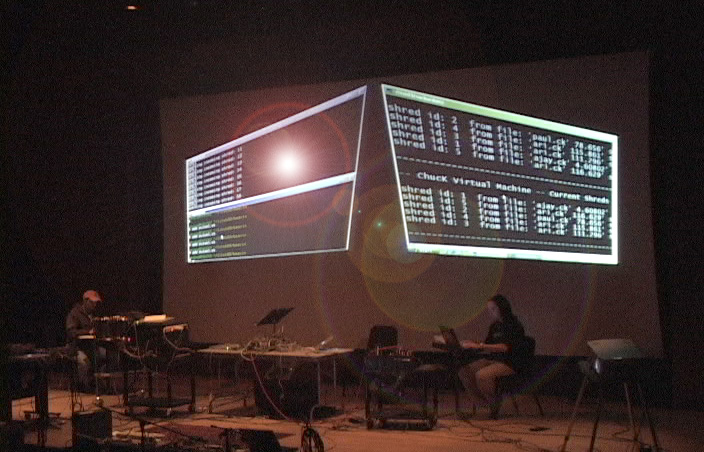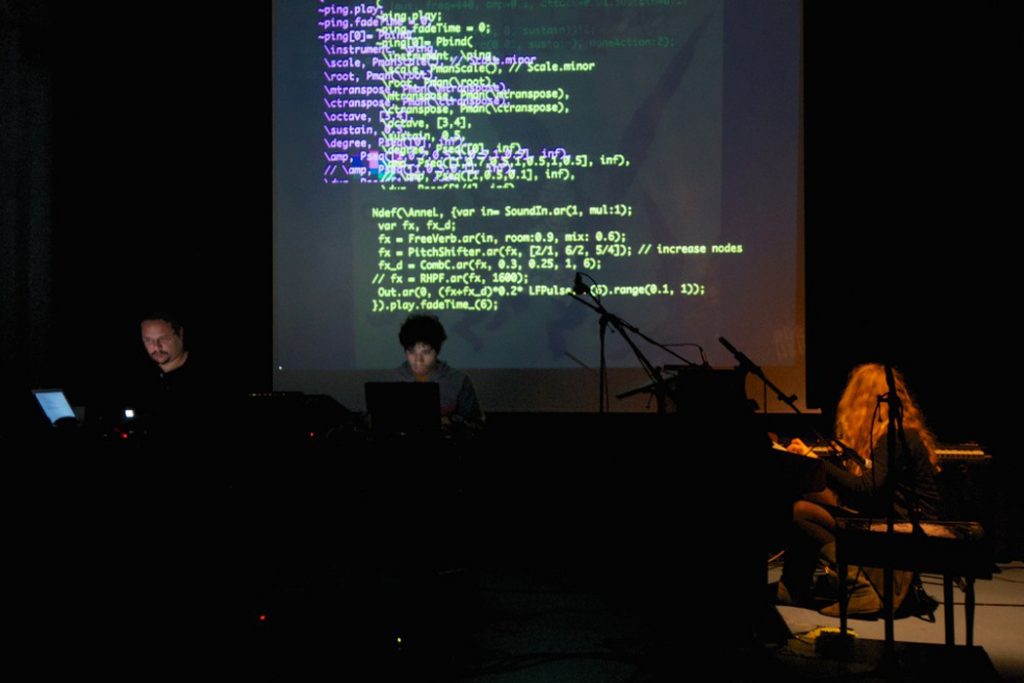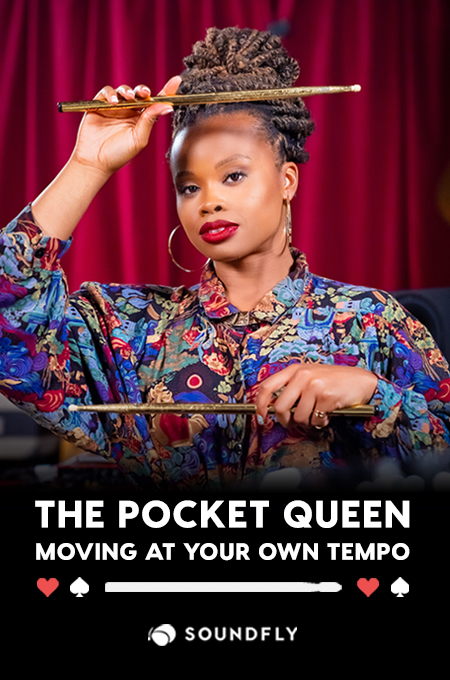
From fashion to music, the things you love can be created in code. Coding is a superpower that writes your ideas on a computer program and then gives them the breath of life, in bigger, brighter, and more creative ways.
This superpower has mutated. It’s even more powerful and enrapturing with the emergence of Livecoding.tv. Live coded music is now a thing. A trend. It’s plainly a musician programming a computer onstage to create music, while streaming to their audience for their enjoyment.
The History of Live Coded Music
The phenomenon of live coded music stretches back to the demo-scenes of the 1970s to 1990s, where graphics and music demo programs were shared. This exchange caused the emergence of a public art form where the graphics and music were created real-time on live programming environments.
A pioneer of this phenomenon over the past decade is Toplap, it is an organization that was formed in a smoky bar in Hamburg in 2004 for the promotion of live coding. It has been the driving force in this field — collectively developing, exploring, and promoting live coding. Musicians and visual artists have since then been applying software engineering skills to construct their own live coding environments and languages.
Many musicians today are designing their own particular representational extensions to existing general-purpose languages, and even creating their own live coding languages from scratch. The most popular of these is Tidal, a mini-language embedded in the Haskell language created by Alex McLean.

Live Coding Music of the NOW
Live coded music is transforming. It’s exploding in beautiful waves of sound through the dedication and work of these major contributors: Sam Aaron and Joseph Wilk. Together, they have brought fresh energy into live coding music. Their efforts have played a leading role in extending live coding beyond just pure music and sound, to the general digital arts that include audiovisual systems linked by shared abstractions.
Sam Aaron hails from Cambridge, England. He is the creator of SonicPi, a free software with an educational focus. It is used to teach programming and music in schools. He uses it in his own performances, as well. Along with Jeff Rose, he also developed Overtone. It’s an open source audio environment that combines SuperCollider audio engine with Clojure, a state of-the-art Lisp, to create an intoxicating interactive sonic experience.
Alongside Jonathan Graham, Sam created Meta-eX, a live coding duo powered by Overtone that didn’t rely on pre-recorded material. They defined, evaluated, and manipulated their code live. This gave them an immense level of control and power to perform. From intimate ambient sets to pulsating club nights, Meta-eX opened a new future for live electronic music.
Although Meta-eX is no longer performing as a duo, Sam is still actively developing, sharing, and performing solo with Sonic Pi. He is promoting its use to budding live coders and music programmers on Livecoding.tv, an educational livestreaming platform where you can watch programmers coding real products live.
Aaron’s performances on Livecoding.tv involve defining, evaluating, manipulating, and running code to make live music for the audience. Harnessing the power of hand-coded algorithms, he surfs jets of deterministic random streams to improvise unique rhythmic and melodic structures you can dance to. Below is one of Sam’s scintillating performances.
Coincidentally, Joseph Wilk, like Aaron, lives and works in England. On his blog he describes himself as someone who spends his time coding things that will hopefully make people happy. He has contributed to many open source projects across a number of languages. He has a number of open source projects of his own brewing. Joseph has spoken at conferences all over the world, covering topics such as testing, rhetoric, creative machines, and startups.
“I also use computers to make sounds, sometimes even music, performing live music programming as Repl Electric,” he said. Wilk streams his skills on Livecoding.tv where he writes code to generate live music and visual. He bends light samples and synths with Sonic Pi and Ruby. Here is a video of one of his performances.
+ Read more: “Remixing Special Ed: Reaching Marginalized Students Through Music Technology”
The Future of Live Coding Music
As the new fangled type of musical expression, live coding music is gaining traction and creating a foundation for greater things that may well be the missing link between composition and improvisation.
Live coding environments are designed for fast exploration of musical patterns. Platforms such as Tidal and Livecoding.tv host a strong movement of video-based live coders and online communities that offer support and help with problems. Livecoding.tv is inclusive and accessible to everyone. There are no restrictions on the musical genre.
Visualize a nightclub in San Francisco, Cape Town, Beijing, or Tokyo where the DJ codes music live and revelers dance to it. Say hello to the future of live coded club music. It’s a trend and the future for music.
—
Works Cited
“About.” TOPLAP. N.p., 15 Sept. 2012. Web. 27 Dec. 2015.
“Computer Music Journal Special Issue on Live Coding.” TOPLAP. N.p., 01 Oct. 2012. Web. 27 Dec. 2015.
“A History of Live Programming.” A History of Live Programming. N.p., n.d. Web. 27 Dec. 2015.
“Tidal – Mini Language for Live Coding Pattern.” TOPLAP. N.p., 04 Jan. 2014. Web. 27 Dec. 2015.
“What on Earth Is Livecoding?” Dazed. N.p., 14 May 2013. Web. 27 Dec. 2015.




